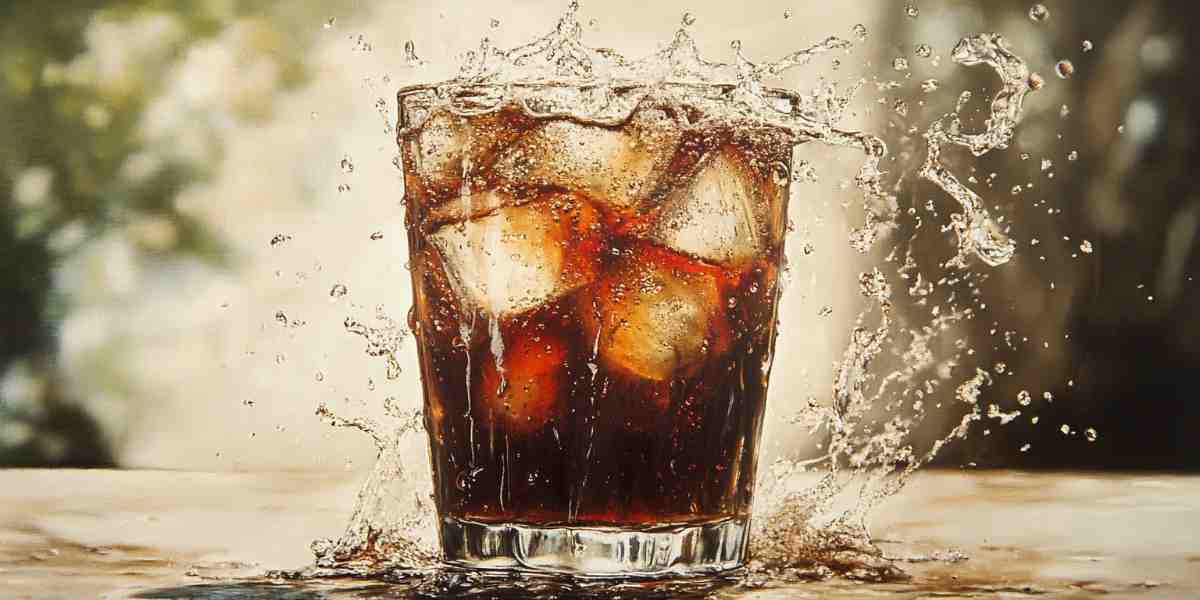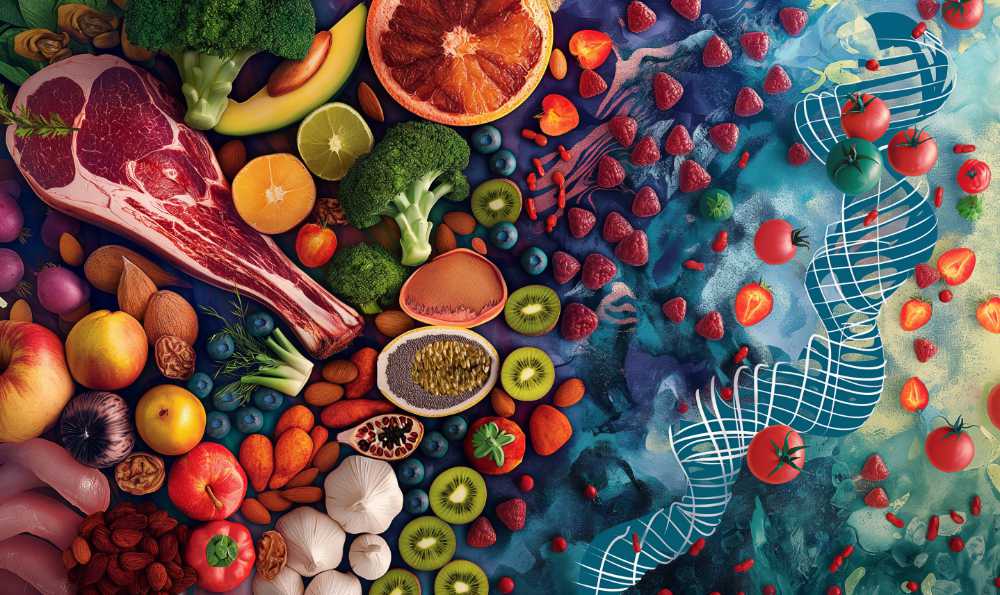From Coca and Sugar To Chemicals: The Transformation of Coca-Cola

Coca-Cola is one of the most recognized and consumed products in the world, with over 1.9 billion servings sold daily across more than 200 countries. Its red and white logo, distinct bottle shape, and sugary taste have made it a cultural icon. However, the Coca-Cola sold today bears little resemblance to the original beverage created by John Stith Pemberton in 1886. Initially marketed as a medicinal tonic containing coca leaf extract and kola nut, Coca-Cola’s recipe has undergone profound changes over the past century.
What began as a relatively simple mixture of natural ingredients — coca, sugar, caffeine, and carbonated water — has been transformed into a complex cocktail of high-fructose corn syrup, artificial sweeteners, phosphoric acid, caramel color, and chemical preservatives. These changes were not driven by health concerns or consumer demand but by cost-cutting measures, efforts to improve shelf life, and the desire to create a globally standardized product. The consequences have been substantial, contributing to rising obesity, diabetes, heart disease, and other metabolic disorders worldwide.
⸻
The original Coca-Cola formula
The birth of Coca-Cola
Coca-Cola was invented in 1886 by John Stith Pemberton, a pharmacist based in Atlanta, Georgia. Pemberton was inspired by the popularity of Vin Mariani, a French tonic that combined wine with coca leaves — a source of cocaine. Cocaine was not yet illegal and was widely regarded as a medicinal substance with stimulant and pain-relieving properties. Pemberton aimed to create a non-alcoholic version of Vin Mariani after Atlanta passed a temperance law banning alcohol sales.
The original Coca-Cola formula combined the following ingredients:
- Coca leaf extract – Provided a small dose of cocaine, which produced stimulating and euphoric effects.
- Kola nut extract – Sourced from the seeds of the kola tree, providing caffeine and enhancing alertness and energy.
- Sugar – Added sweetness and served as a quick source of energy.
- Carbonated water – Created a refreshing sensation and improved taste delivery.
- Essential oils – Including citrus oils (like lemon and orange) and spices, which added depth and complexity to the flavor.
Pemberton’s partner and marketer, Frank Robinson, named the drink “Coca-Cola” and designed the iconic script logo. The product was initially marketed as a medicinal tonic that could cure headaches, fatigue, and digestive issues. Early advertisements promoted it as a “brain tonic” that could boost mental and physical health.
Cocaine removal and recipe changes
By the early 20th century, attitudes toward cocaine were shifting. Concerns about addiction and social problems linked to cocaine use led to increased regulatory pressure. In 1904, Coca-Cola began using “spent” coca leaves — leaves that had been stripped of cocaine alkaloids — instead of raw coca leaves. This effectively removed the psychoactive properties of cocaine while preserving the flavor profile.
By 1929, the company had refined its process to remove any trace of cocaine, though Coca-Cola continued to source coca leaves from Peru and Bolivia through a special arrangement with the U.S. government. The Stepan Company remains the only company in the United States licensed to import coca leaves, which are decocainized for use in Coca-Cola (title For God, Country and Coca-Cola, Pendergrast).
Despite the removal of cocaine, Coca-Cola retained its stimulating effect through the continued use of caffeine from kola nuts and its high sugar content, which provided a quick spike in energy and dopamine levels.
⸻
The shift to chemicals and artificial ingredients
The transition to high-fructose corn syrup (HFCS)
In the 1980s, Coca-Cola made a significant cost-cutting decision to replace cane sugar with high-fructose corn syrup (HFCS) in the U.S. market. HFCS is derived from corn starch and contains a mixture of glucose and fructose, with a higher fructose content than regular sugar.
HFCS became popular due to its lower cost and greater stability in processed foods. The shift was driven by several factors:
- Government subsidies – The U.S. government heavily subsidized corn production, making HFCS significantly cheaper than cane sugar.
- Trade barriers – U.S. tariffs on imported sugar protected domestic corn producers and increased the price of cane sugar.
- Sweetness profile – HFCS has a higher sweetness intensity than cane sugar, reducing the amount needed per serving.
Studies have shown that HFCS consumption is linked to obesity, insulin resistance, and type 2 diabetes (title Consumption of high-fructose corn syrup in beverages may play a role in the epidemic of obesity, Bray et al.). Unlike glucose, fructose is metabolized in the liver, where it can be converted into fat, contributing to non-alcoholic fatty liver disease (NAFLD). The high fructose load also increases triglyceride levels, raising the risk of heart disease.
Artificial sweeteners and “diet” products
In 1982, Coca-Cola introduced Diet Coke, replacing sugar and HFCS with artificial sweeteners like aspartame. Aspartame is about 200 times sweeter than sugar and allows the company to produce a calorie-free product that mimics the taste of regular Coke.
Other artificial sweeteners used in Coca-Cola products include:
- Sucralose – A chlorinated derivative of sugar, which is up to 600 times sweeter than sugar.
- Acesulfame potassium – A calorie-free sweetener that enhances sweetness and stability.
Studies have linked artificial sweeteners to metabolic disruption, increased cravings for sugary foods, and insulin resistance (title Artificial sweeteners and metabolic health, Swithers). Even though diet sodas have zero calories, they may still contribute to weight gain and increased risk of type 2 diabetes by altering the body’s natural satiety signals.
Phosphoric acid and caramel color
Phosphoric acid is added to Coca-Cola to create its distinctive tart taste and extend shelf life. However, high phosphoric acid consumption has been linked to lower bone density and increased risk of osteoporosis by interfering with calcium absorption (title Cola consumption and bone mineral density, Tucker et al.).
Caramel color is produced through the heating of sugar with acids or alkalis. This process generates 4-methylimidazole (4-MEI), which has been shown to cause cancer in animal studies (title Caramel color in soft drinks and exposure to 4-MEI, Smith et al.).
Caffeine
Caffeine remains a core ingredient in Coca-Cola due to its stimulant properties. It increases dopamine production and enhances mood, contributing to Coca-Cola’s addictive qualities. However, excessive caffeine consumption has been linked to anxiety, heart palpitations, and sleep disorders (title Caffeine and health, Nehlig).
Health consequences of modern Coca-Cola consumption
Obesity and metabolic disorders
The high sugar content in Coca-Cola has been directly linked to rising obesity rates. A single 330 ml can of Coca-Cola contains about 35 grams of sugar — nearly nine teaspoons — which exceeds the World Health Organization’s recommended daily intake of added sugars (title Guideline: Sugars intake for adults and children, WHO). Regular consumption of sugary beverages increases the risk of obesity, metabolic syndrome, and type 2 diabetes.
Tooth decay and dental health
The combination of sugar and acidity in Coca-Cola creates a highly erosive environment for teeth. Phosphoric acid and sugar contribute to enamel erosion and tooth decay, which have become widespread problems among children and adults who consume soft drinks regularly (title Dental erosion and soft drinks, Lussi and Jaeggi).
Addiction and mental health impact
The combination of caffeine, sugar, and artificial flavorings creates a rewarding and potentially addictive experience. Studies have shown that sugar activates the brain’s reward system in a manner similar to addictive drugs (title Sugar addiction: from evolution to revolution, Avena et al.). This reinforces the cycle of consumption, contributing to weight gain and mental health issues like depression and anxiety.
Cardiovascular health
High sugar intake is associated with increased blood pressure, inflammation, and higher triglyceride levels, all of which are risk factors for cardiovascular disease (title Sugar-sweetened beverages and cardiovascular disease risk, Malik et al.). Artificial sweeteners have also been linked to increased risk of stroke and heart attack (title Artificial sweeteners and cardiovascular disease, Mossavar-Rahmani et al.).
Why Coca-Cola changed its formula
Cost reduction and profit maximization
The shift from natural sugars to HFCS was primarily driven by cost considerations. HFCS is cheaper than cane sugar due to government subsidies for corn production in the United States. Artificial sweeteners are even more cost-effective since they are far sweeter than sugar by weight, allowing manufacturers to use less product while maintaining sweetness.
Shelf life and product consistency
Artificial ingredients and preservatives help stabilize the product, extending shelf life and ensuring consistent flavor across different markets. Phosphoric acid and caramel color are used to create a uniform taste and appearance, ensuring that every bottle of Coca-Cola tastes the same regardless of where it is produced.
Conclusion
Coca-Cola has undergone a profound transformation since its inception, moving from a simple tonic made with coca leaf extract and sugar to a chemically engineered product designed for maximum shelf life and profitability. The shift toward high-fructose corn syrup, artificial sweeteners, and synthetic additives has contributed to the global rise in obesity, metabolic disorders, and other health issues. While Coca-Cola continues to market itself as a refreshing and nostalgic beverage, the health consequences of its modern formula are difficult to ignore. As consumers become more aware of the health risks associated with sugary and artificially sweetened drinks, Coca-Cola faces increasing pressure to reformulate its products — a challenge it may struggle to address without sacrificing its signature flavor and cost advantages.


















